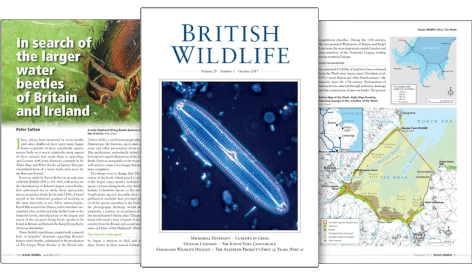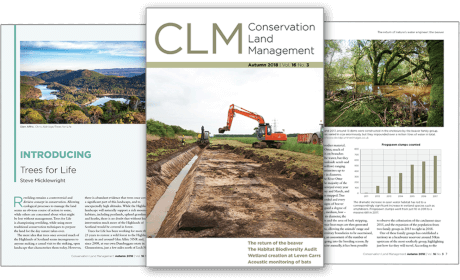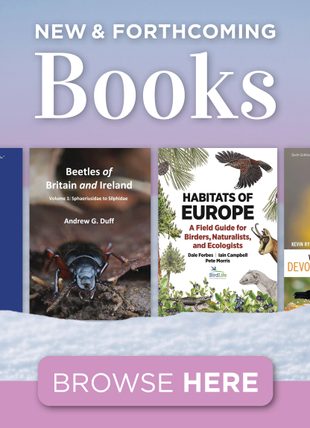![Ecosystem and Species Adaptations in the Andean-Amazonian Region Ecosystem and Species Adaptations in the Andean-Amazonian Region]()
Click to have a closer look
About this book
Contents
Customer reviews
Biography
Related titles
About this book
This book focuses on ecosystems and species adaptations in the unique Peruvian Andean-Amazonian region. The presence of the Andes as the backbone is the cause of the huge ecosystem diversity and biodiversity of species that characterize the Andean-Amazonian ecosystems. The complex orography of Peru as a result of the Andes's presence in its tropical setting favours the occurrence of local climatic features that provide diverse environmental conditions for multiple, unique plant and animal species, many of them endemic to the Andes. The book will introduce the reader to the climatic history and geography of the Peruvian Andes and the Peruvian Natural Areas Protection system focusing on the Manu and Northwest biosphere reserves given their relevant ecological importance as well as the relationship between them and the local population. Important global topics like urbanization, deglaciation and global warming are analyzed and discussed due to their impact on the Andes-Amazon ecosystems. Finally, the traditional land-use systems, agrobiodiversity and agrodiversity in Peru are present and linked with climate change adaptations.
Contents
1. Basic concepts of ecology applied on the neotropic ecosystems
2. Natural resources and sustainable development in Peru
3. Classification of the Peruvian Ecosystems
4. Peruvian ecosystems geography
5. Biodiversity and endemism of the Andes
6. Ecological communities, populations and metapopulations
7. Succession and change of the ecosystems
8. Biodiversity of the Amazonia Basin
9. Peruvian protected natural areas
10. The paramo ecosystems
11. The Humboldt National Forest
12. The Northwest Biosphere Reserve
13. Urban ecosystems and development
14. Climate changes
15. Traditional land-use systems and agrobiodiversity in Peru
Index
Customer Reviews
Biography
Ana Sabogal Dunin Borkowski is an Agronomic Engineer with a PhD in natural sciences from the Technic University of Berlin. Her current research includes the study of vegetation changes and the human impact on the Amazonian forest ecosystem and urban ecology. Her publications deal with subjects such as urbanization, plant ecology of moorland ecosystems, plant distribution in degraded grassing ecosystems and the influence of human impact. She developed and established the Masters program in Environmental Development at the Pontificia Universidad Catolica del Peru and was previously Director of Research and Information in the Peruvian Ministry of Environment (2012-2013). Her work as a researcher and consultant on an International and national level is oriented towards the linking of interdisciplinary knowledge on many levels. Currently, Ana SabogaI is the Director of Master Studies in Environmental Development and principal professor at the Pontificia Universidad Catolica del Peru, in the Section of Geography and Environment.


































